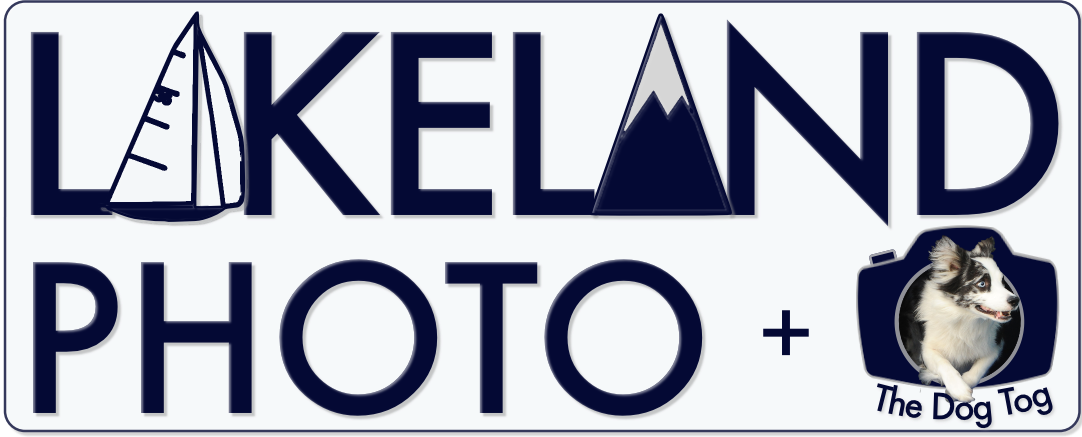Still using AWB on your camera?
The factory default settings of any digital camera I’ve ever bought (and nearly every one that has been brought to my coaching sessions) has been set on AWB: Auto White Balance.
As most recent cameras have colour sensitive exposure metering capability in many cases the White Balance will be correct (or near enough for you not to be able to tell the difference), but in some situations it will get it horribly wrong!
I recently helped a customer set up his camera and light booth for photographing woolly jumpers for the company’s online shop. In this scenario it is absolutely critical that all the garments look precisely the same colour as the one that arrives in the post, else there are costly complaints, returns, and loss of future business.
As this customer is only ever using one source of light (the LEDs built into his light booth), we used the camera’s built in ‘Custom White Balance’ feature to measure the exact colour temperature of the lighting and discovered it was 6000K. This is now saved in the camera and will be used every time he photographs new garments (he has several hundred different colours and designs to do!) and he now knows every image will look the same colour as the real thing - viewed in daylight!
Unfortunately it is not quite as easy as all that to eliminate returns of garments believed to be a different colour to the one they saw online, as the weavers have no control of the colour calibration of the device the customer is looking at when they order it! However, at least they can be confident and prove if necessary that their image was correct when uploaded to the server and are not themselves responsible for any differences, if it leads to a dispute!
Out of Camera Jpeg shot in iAuto Mode
As an example of how AWB might spoil an otherwise nice picture the following image was shot in Auto mode on my Olympus Tough! compact camera.
The very blue version is the Jpeg straight out of the camera: the Auto White Balance has told the camera there is a lot of red/orange in the picture (bracken and dead leaves) where it thinks there should be a lot of green (grass and live leaves) and blue (in the sky and water). The camera has therefore boosted the blue colours to compensate.
However, because my brain knows that the hillsides are meant to be brown and orange at this time of year and the water and sky were very grey on a dull day like this one, I have been able to accurately adjust the White Balance of the end result in my post-processing software. I think most of you will agree the final image is a far more accurate representation of this view of Ullswater at this time of year!
Colour and exposure corrected version (from RAW file)
Check your White Balance now and if it says ‘AWB’ consider changing it to suit the lighting conditions wherever you are shooting instead.
Handy Tip: Most outdoor photos can be shot in the ‘Cloudy’ WB setting: if it really is full sunlight, your pictures will appear very harsh and a bit ‘blue’, whereas the cloudy setting will add a bit of warmth - flattering pale skin tones and generally making scenes look a bit more ‘cosy’ and appealing (if that’s what you want, of course!)



